How Guardrail Systems and Other Tools Keep The Road Safe
Every day, millions of people rely on roadways to get to work, school, and other essential destinations. While driving may feel routine, the roads we travel on are carefully engineered to keep us safe. From the curves of a highway to the signs we see along the way, countless systems and tools work together to reduce accidents, protect drivers, and manage the flow of traffic.
In this article, we’ll explore how different road safety tools, including guardrails, come together to protect drivers and passengers. Whether you're commuting to work or heading out on a road trip, understanding these systems can help you become a more informed and safer driver.
The Role of Barriers in Roadway Safety
Barriers are critical in managing risk on highways, bridges, and even local roads. They come in various forms—concrete dividers, cable barriers, and metal guardrails—and serve to prevent vehicles from veering into oncoming traffic, off embankments, or into hazardous areas.
Guardrail systems are particularly effective in areas where a vehicle might otherwise collide with a fixed object like a tree, utility pole, or steep drop-off. Designed to absorb and redirect impact, guardrails help prevent more severe outcomes in the event of a crash. When properly installed and maintained, they can significantly reduce the risk of death or serious injury.
Additionally, barriers can help contain accidents. For example, on busy freeways with high-speed traffic, a barrier can prevent a multi-car pileup by stopping an out-of-control vehicle from entering adjacent lanes. Cable barriers, often seen in highway medians, are flexible enough to absorb energy while keeping a vehicle contained.
Beyond physical containment, the presence of barriers can influence driver behavior. Drivers are less likely to speed or take sharp turns recklessly when they know a barrier is close by. This psychological effect adds an extra layer of safety to road design.
How Lighting and Visibility Tools Reduce Risk
Visibility is key to safe driving. Poor lighting, fog, rain, or nighttime conditions can make it difficult for drivers to react in time. That’s why lighting and visibility tools are essential components of a safe road system.
Street lighting, especially in urban areas and at intersections, increases visibility for both drivers and pedestrians. Reflective road markings and signs also play a big role. Whether it’s lane dividers or turn arrows, these markings give drivers guidance and warning long before they reach a hazard.
Modern roadways often include reflective paint, raised pavement markers, and signs that are easier to see in low light. In rural areas where lighting may be limited, these visual cues become even more important. Reflectors on guardrail systems and roadside posts also alert drivers to road edges and curves ahead.
Another innovation helping drivers in poor visibility is LED signage. These are often used in construction zones, accident sites, or hazardous conditions and provide real-time messages such as speed advisories or detour routes. Dynamic message signs can even inform drivers of upcoming weather or traffic delays, helping them make safer decisions on the road.
Smart Technologies and Road Monitoring Systems
As transportation technology advances, so does our ability to monitor and manage traffic in real time. Smart road systems now use sensors, cameras, and connected data centers to analyze traffic flow and alert authorities to incidents immediately.
Traffic cameras and speed sensors installed along highways collect information on how fast vehicles are traveling and can detect sudden stops or congestion. This data allows traffic control centers to dispatch emergency responders faster and adjust traffic signals or signage to help ease traffic jams.
Some roadways are also equipped with intelligent transportation systems (ITS) that communicate directly with traffic lights and signals, allowing better synchronization and smoother flow. In high-risk zones, like school areas or sharp curves, speed-detection signs can provide instant feedback to drivers, encouraging them to slow down.
Smart monitoring doesn’t just help with immediate safety—it also supports long-term improvements. By collecting detailed traffic data, city planners and engineers can identify trouble spots and make infrastructure changes where needed. This might include adding more signage, changing intersection designs, or installing additional guardrail systems in dangerous zones.
Peak Driving Hours and How Road Design Helps
It’s no surprise that traffic congestion increases the risk of accidents. According to Progressive, the most dangerous time of day to be driving is rush hour between 4 p.m. and 8 p.m. With more vehicles on the road, limited space, and increased stress, drivers are more prone to making mistakes during these hours.
To counteract this, road design incorporates several tools to manage congestion and enhance safety. For example, dedicated turn lanes, reversible lanes, and ramp metering systems are commonly used to control the flow of traffic during peak times. These systems prevent bottlenecks and reduce the chance of collisions at intersections or highway merges.
Lane markings and traffic signs become even more important during heavy traffic. Clear arrows, painted stop lines, and high-visibility lane dividers help keep vehicles properly positioned and reduce confusion. On highways, dynamic signage can notify drivers of upcoming congestion, lane closures, or alternate routes—giving them time to react calmly rather than making sudden decisions.
Physical infrastructure also plays a role. Guardrail systems help guide vehicles during high-volume periods and prevent out-of-lane movement. In high-speed zones, guardrails provide an added sense of security and prevent more severe accidents in case of sideswipes or sudden maneuvers.
The Long-Term Benefits of Road Safety Tools
While it’s easy to focus on the immediate impact of traffic safety tools, their long-term value is just as important. The cumulative effect of well-designed roads, strategic signage, and effective barriers can lead to lower accident rates, fewer traffic-related injuries, and reduced infrastructure costs over time.
Guardrail systems, in particular, provide lasting protection. Even if damaged during a crash, they can often be repaired or replaced with minimal disruption. Because they prevent vehicles from entering dangerous areas, they reduce the likelihood of secondary damage to structures, natural features, or other vehicles.
Other tools, like LED signage and smart sensors, offer flexibility for future upgrades. As technology continues to evolve, cities can adapt their existing systems to incorporate new features without overhauling their entire infrastructure.
Keeping the roads safe involves more than just individual driver responsibility—it’s the result of a carefully coordinated network of safety tools, infrastructure, and smart technologies. From barriers and lighting to sensors and signage, each element plays a vital role in preventing accidents and guiding drivers safely to their destinations.
Guardrail systems are among the most essential tools for physical protection, helping prevent severe crashes and keeping vehicles on the roadway where they belong. But they’re only one part of a much larger safety picture that includes visibility aids, smart monitoring, and thoughtful road design.
By understanding how these systems work and appreciating the effort that goes into building and maintaining them, we can all become more aware, cautious, and respectful on the road. After all, road safety is a shared responsibility—and it starts with knowledge, planning, and the right tools in place to support every mile we travel.
Protect your roads with expert solutions from Columbia River Contractors Inc—your trusted partner in professional guardrail construction and roadway safety. Contact us today to learn how our team can help enhance protection on highways, local roads, and commercial properties.
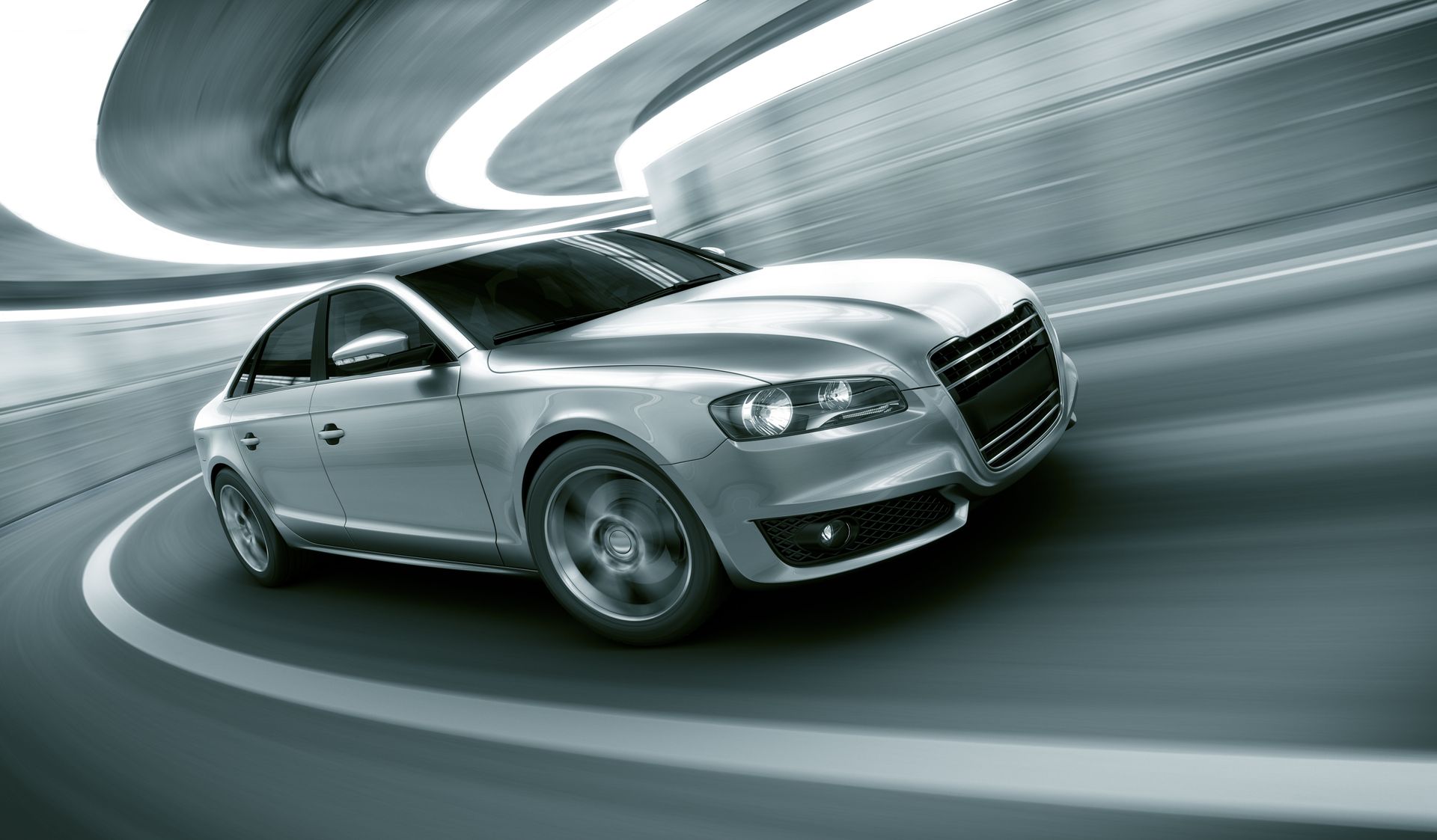
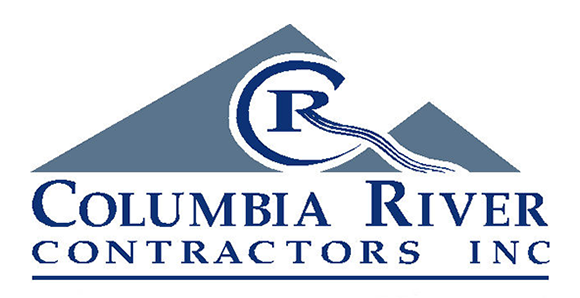
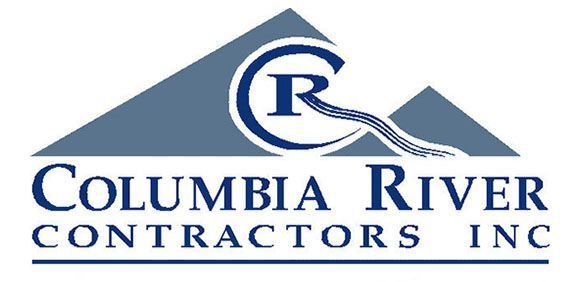
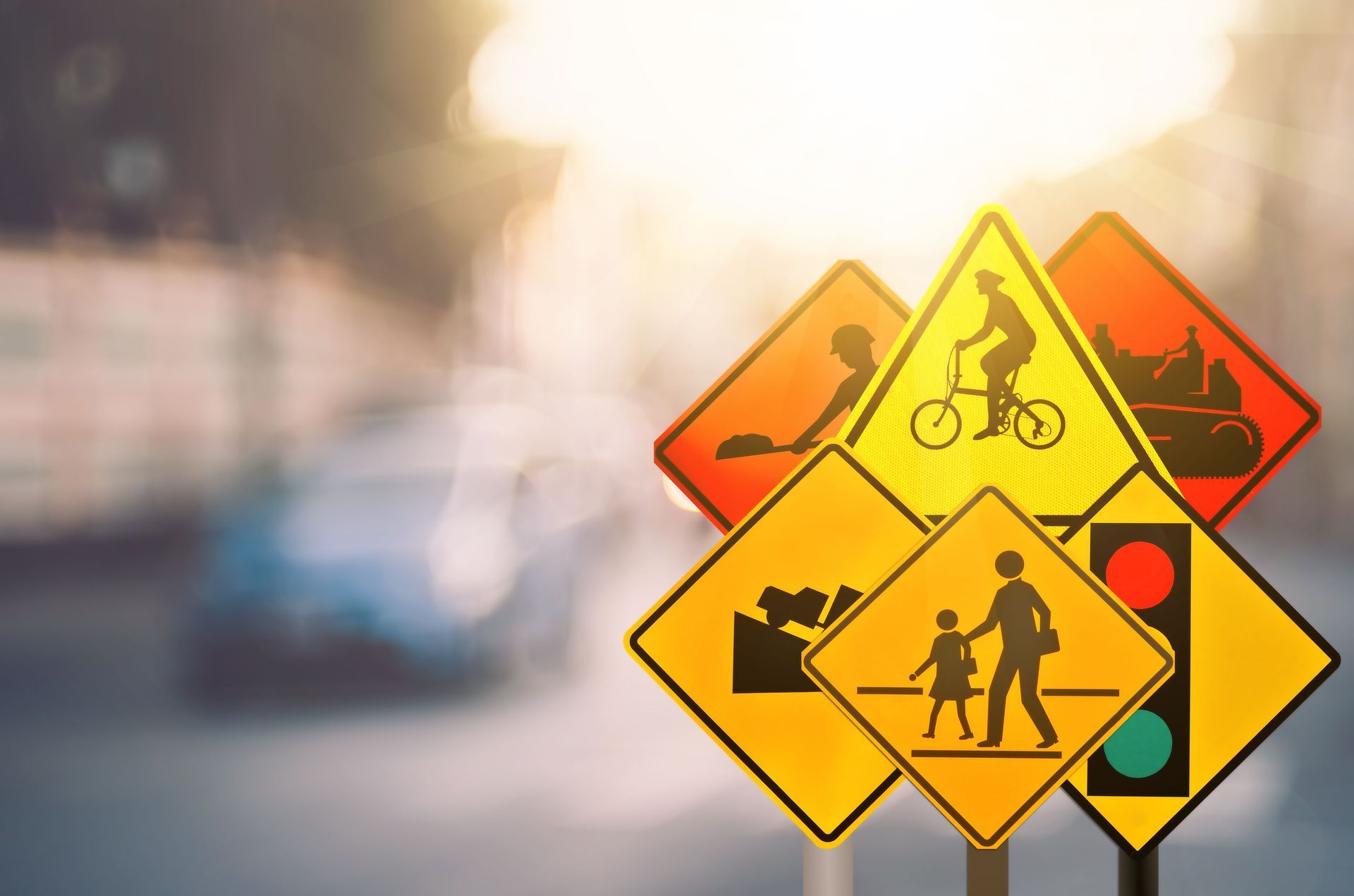
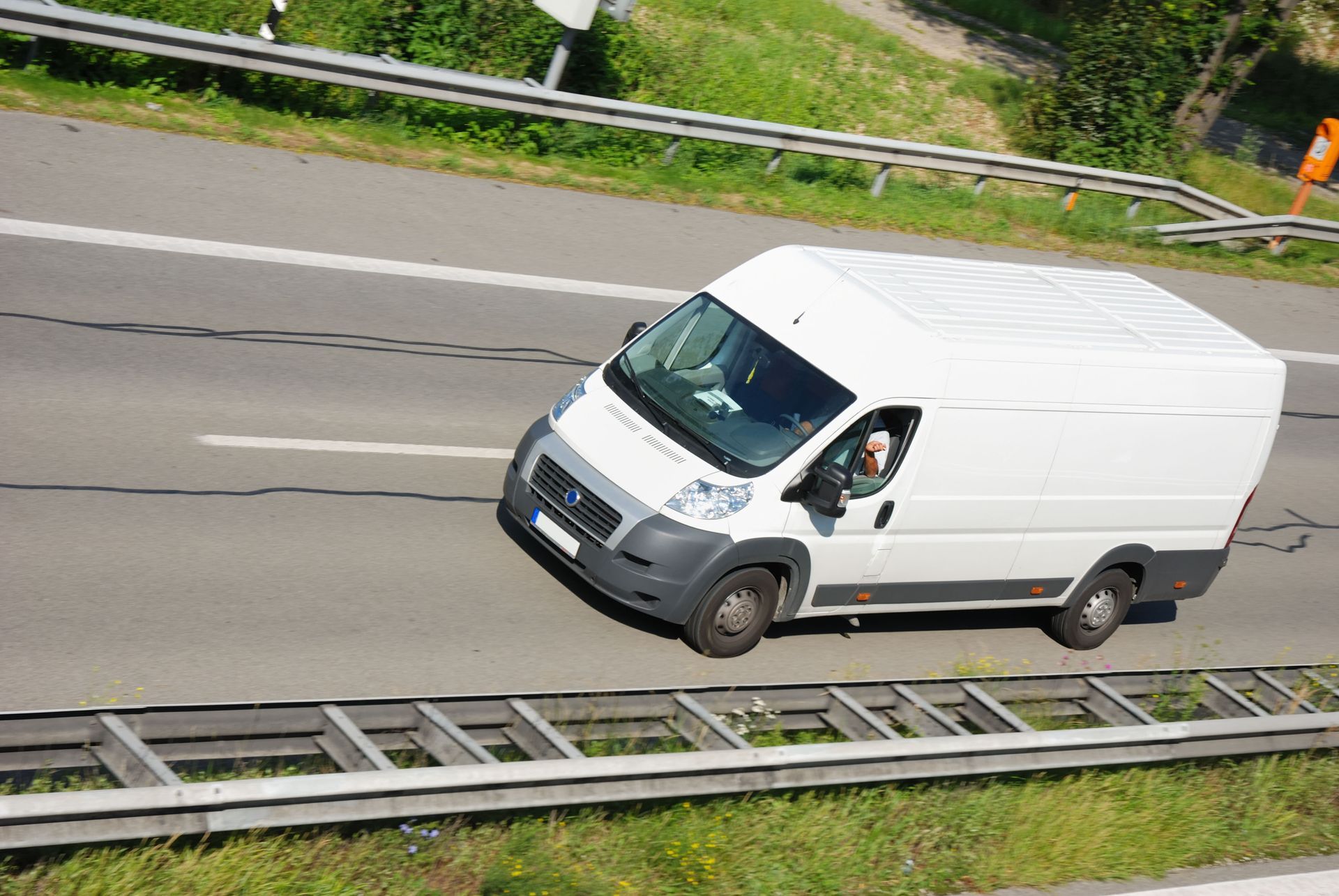
Share On: